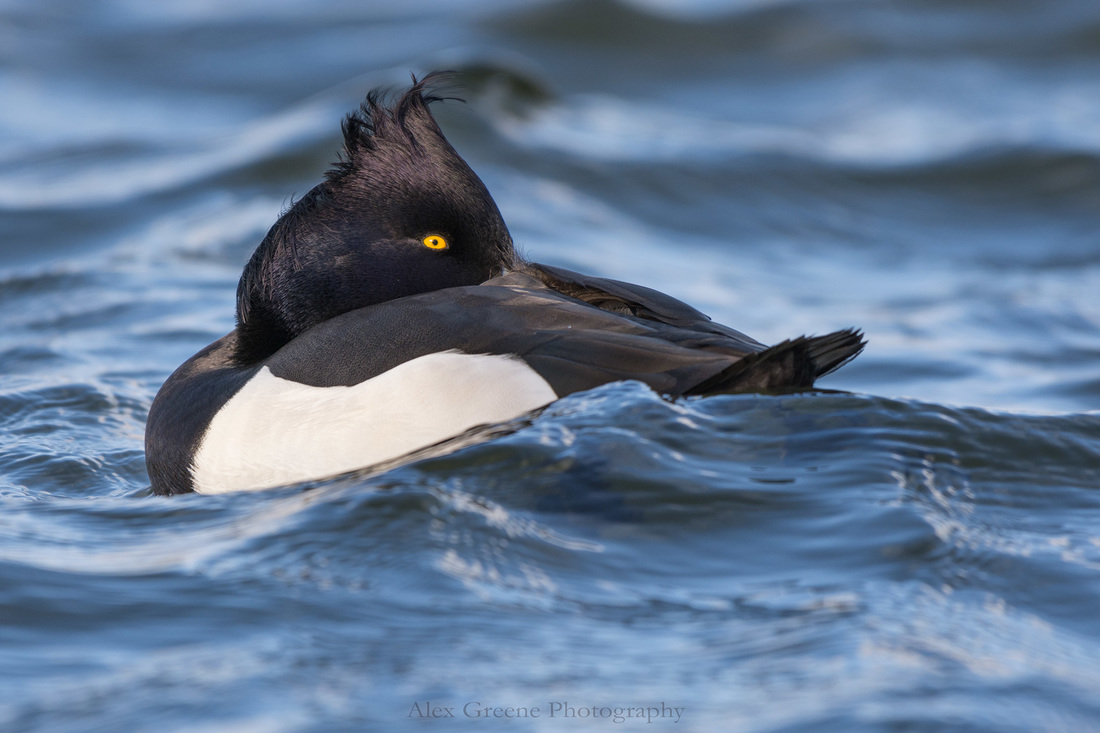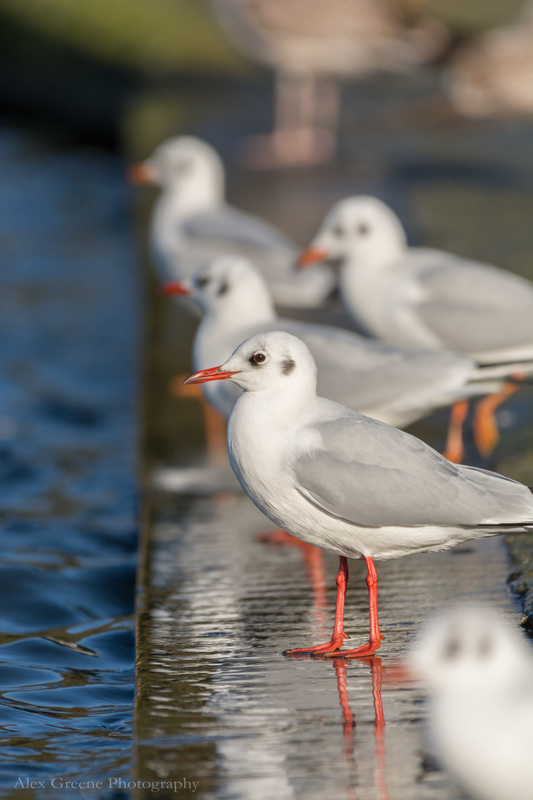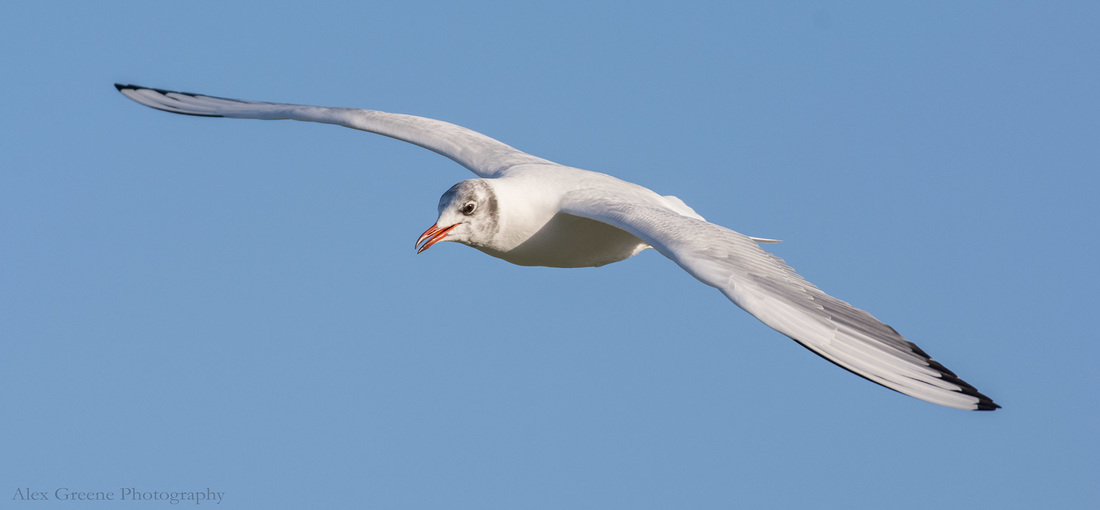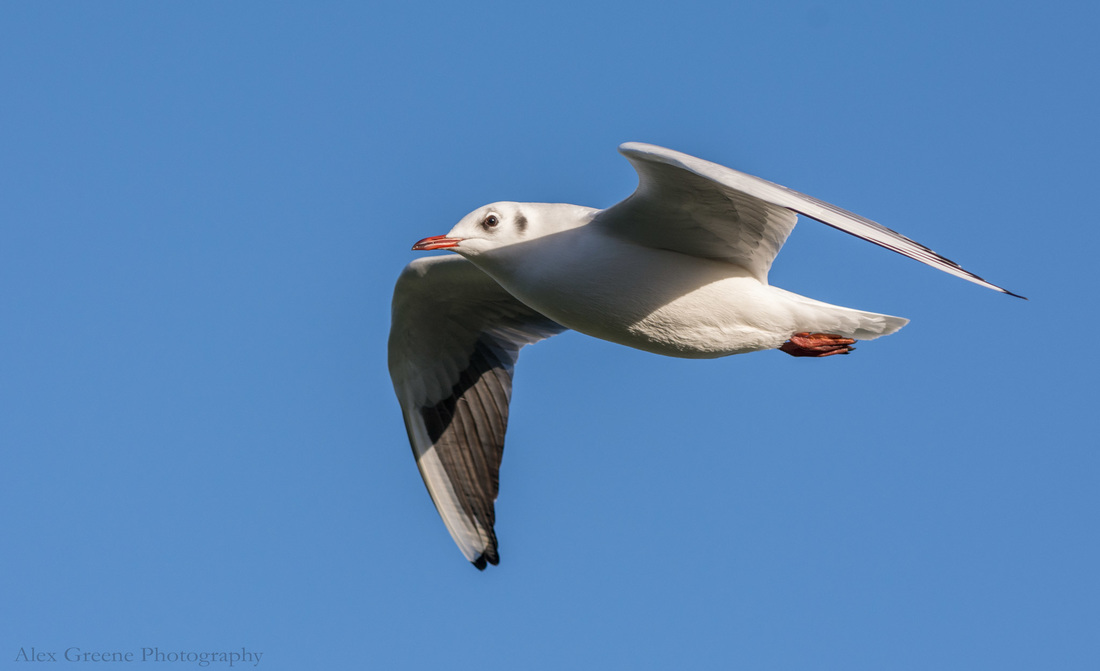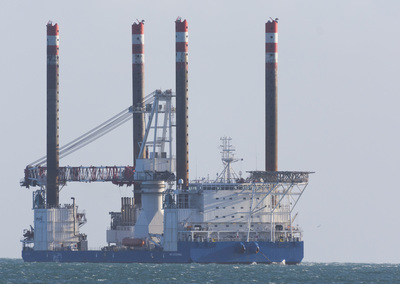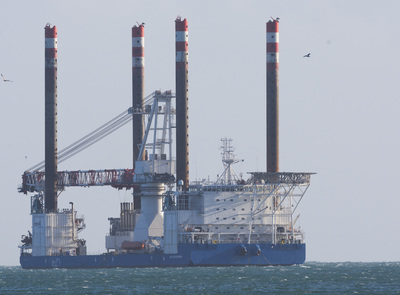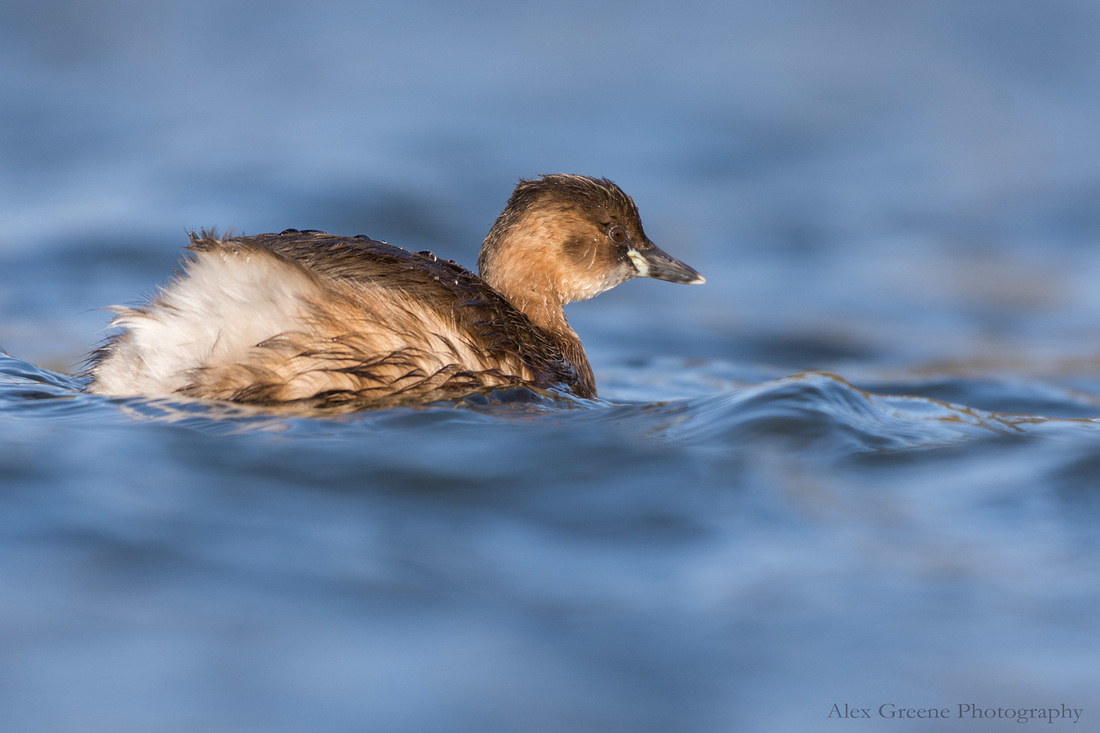I was out today in Falmouth for about two hours with my new Nikon 200-500mm F/5.6 (< plus a few more acronyms). There is a brackish (mix of salt and fresh water) pool called 'Swanpool', which provides very easy situations to photograph a few species of birds. The body that I was using for all the images was a Nikon D7100, which has a 1.5x crop factor (due to the DX sensor) and therefore I was effectively using a 300-750mm F/5.6.
So not to bore you, I have provided a link (click here) to DP Review where you can read all of the technical information about the lens. Now I can show you some real world tests exploring sharpness, focus speed, tracking and more...
*******
With the purpose of this shoot being for a review, the edit for each image is only with highlight/shadow, contrast and exposure changes, no sharpening has been done.
*******
Bokeh
The aesthetic quality of the out of focus areas of an image can also be called 'bokeh'. For me, this aspect of the optics is make or break when I'm thinking about purchasing a new lens. The Nikon does really well, I'm not going to say that it is the best out there, but it is unobtrusive and clean. The next image was taken for the purpose of displaying the bokeh.
*******
Focus Speed and Tracking
Again the lens did very well in the test and delivered most images with acceptable focus. I was putting it through a bit of a harsh test because (like the first image of the Tufted Duck) the subjects were constantly moving on the water. However, on still subjects the focus was always correct. The speed was good, over the past year and a bit I have got used to using 500/600mm F/4 lenses which has superb focussing and so it may be slightly slower to grab the subject (the difference is extremely minimal), but once it was locked on to the subject it didn't fault and tracked really well. As a harder test of the tracking I spent a little time photographing the gulls in flight.
I thought that you would appreciate a change in focal length, because after all, this is a zoom lens. As I expected when buying this I will use this at 500mm 95% of the time. In fact I found myself moving backwards to fit a bird in the frame, when I suddenly realised that I could just zoom out, but I guess this is habit and will change after a few weeks of use.
Anyway, this next image was to try out the tracking and optical quality at the wider end of the focal range.
*******
Aperture and Sharpness
As I said earlier, I haven't noticed massive differences between apertures and I came to that through tests around my house and changing between F/5.6 and F/8. So today, I though I'd see if there was a difference between F/5.6 and F/11.
The following images are of a boat which was quite a way off shore and I'll also show you 100% crops so that you can compare yourself and draw a conclusion. However in my opinion, I can't see enough of a difference to actually bother shooting at a smaller aperture, in fact it just makes me more confident in being able to shoot at F/5.6 whenever possible!
*******
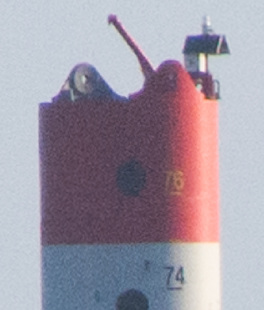
One of the problems that all lenses face is chromatic aberration (also known as colour fringing). It's fairly complicated, but put simply it occurs on high contrast edges. I didn't actually have chromatic aberration in mind when thinking about what to write about today, but I though I'd find the worst case of it from the shoot and show you.
*******
Build Quality
A few reviews that I have looked at have complained about the weight of the lens. Yes, it is fairly heavy but I am nearly always lying on the floor or have the equipment mounted on a gimbal, so for me at least, this really isn't a problem. Another problem people had was with the lens hood; they said that it comes off very easily, as in a small knock would see your lens without a hood, I can say that from playing around with it, it seems quite secure. The feel of the zoom ring is fine, you have to put some effort in to turn it and it seems to be just the right amount. The focussing ring on the other hand is a bit looser and moves quite freely, I would prefer it to need more of a push.
Lastly, it isn't a comment about the build quality, but I just remembered it and didn't think it needed a new section. The VR is rated at 4 and a half stops, and from a low light test and the photographs of the ducks on the water today, I can say that it is very good, although I haven't tested it precisely.
*******
So for today that everything, this isn't a very in-depth review, but it covers a few topics and I will be making another one once I've spent more time with the lens. I'll leave with one more picture from the day, of a very tame little grebe!
Thanks for any likes and shares and feel free to comment below!

